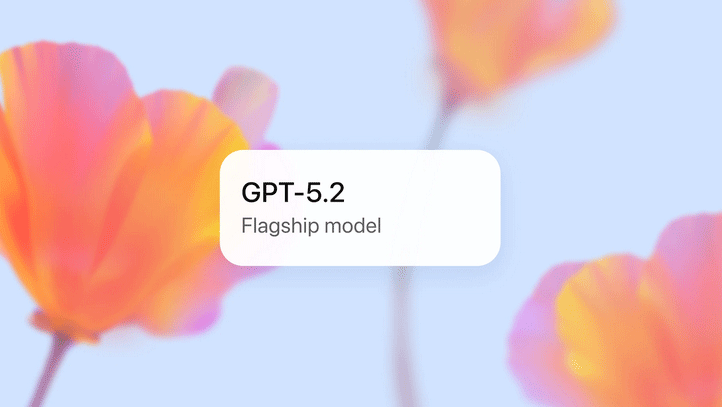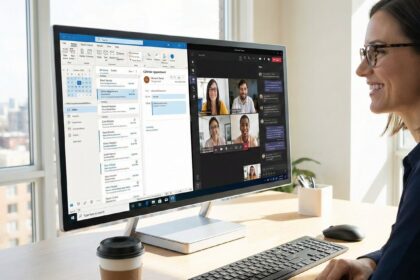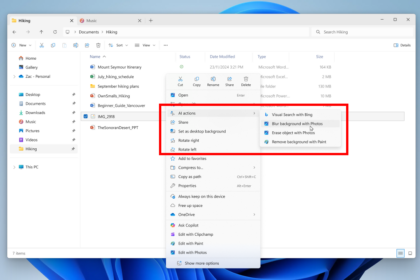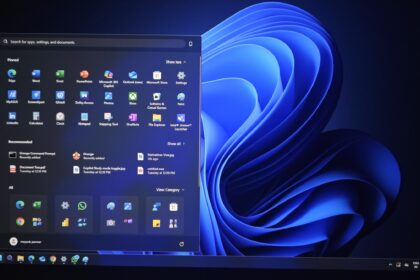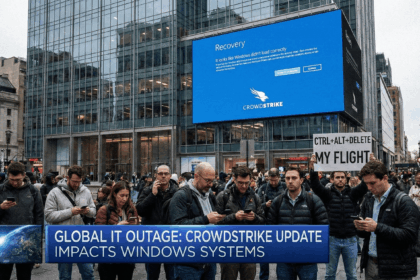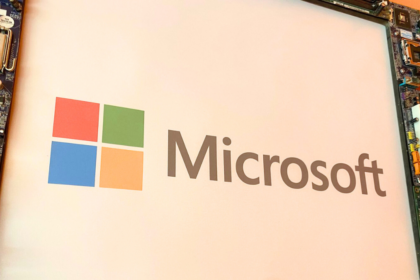Microsoft has taken another step toward making Windows 11 updates smoother by rolling out Hotpatching—a feature that allows security updates to be installed without restarting the system—to ARM-based devices running the new 24H2 version. Until now, this feature was only available for systems powered by Intel and AMD processors.
What is Hotpatching in Windows 11 on ARM?
Hotpatching is a smart update method that applies security patches directly to system memory while Windows is running. The key benefit is that users no longer need to reboot their computers after every security update. This is especially valuable for businesses, where system downtime can disrupt critical operations.
As Microsoft highlighted during its July Patch Tuesday announcement:
“Hotpatching significantly reduces the number of restarts needed to keep devices secure.”
ARM Devices Catch Up: Surface and Beyond
Previously, ARM-based devices—like certain Surface Pro X models—only had Hotpatching available in limited, experimental modes. Now, with the latest cumulative update for July, Microsoft has enabled Hotpatching by default on ARM, bringing these devices in line with their Intel and AMD counterparts.
This change means that users running Windows 11 Enterprise 24H2 on ARM devices can now enjoy silent, interruption-free security updates. To take advantage of Hotpatching, devices need to meet the following requirements:
- Windows 11 Enterprise 24H2 (Build 26100.2033 or higher)
- Virtualization-Based Security (VBS) is enabled
- Microsoft Intune management
- Compatible licensing: Microsoft 365 Business Premium, Windows Enterprise E3/E5, Education A3/A5, or VDA
Unfortunately, this feature is not available for users of Windows 11 Home or Pro editions, who will still need to restart their systems at least once a month.
How Hotpatching Works
Microsoft is using a quarterly cycle for updates:
- Month 1 (January, April, July, October): Full cumulative updates that still require a restart
- Months 2 and 3: Security-only Hotpatches—no restart needed
While Hotpatching is currently limited to Enterprise users on ARM, this development shows Microsoft’s increasing focus on improving the ARM experience. As ARM-based devices become more popular, features like this help bridge the gap between ARM and traditional x86 systems.
It’s a promising sign that Microsoft is continuing to fine-tune Windows 11 for different hardware, and it raises the question: Will we eventually see Hotpatching reach Home and Pro editions too? For now, business users on ARM can enjoy one less interruption in their day-to-day workflow.




